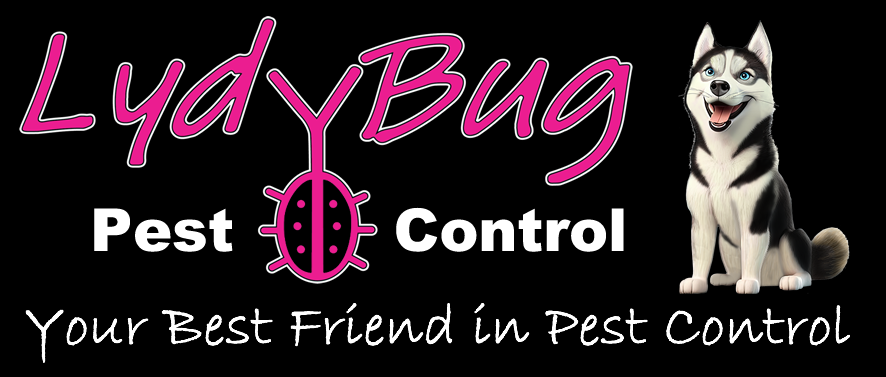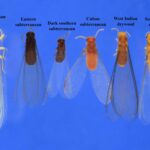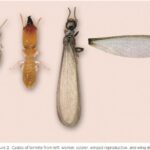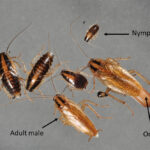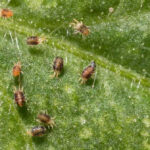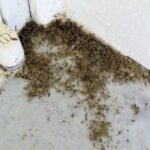Central Florida is not only known for its sunny weather, theme parks, and diverse wildlife but also for the unique and intriguing pyramid ants that call this region home. These tiny yet remarkable creatures belong to the genus Dorymyrmex and have earned their name due to the distinct pyramid-shaped mound nests they construct. Let’s delve into the captivating world of pyramid ants and explore their behavior, habitat, and significance in Central Florida’s ecosystems.
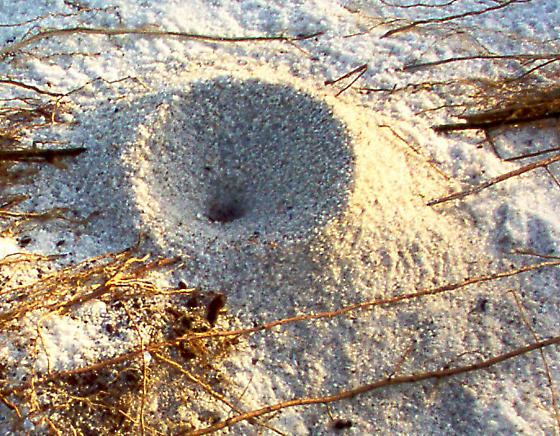
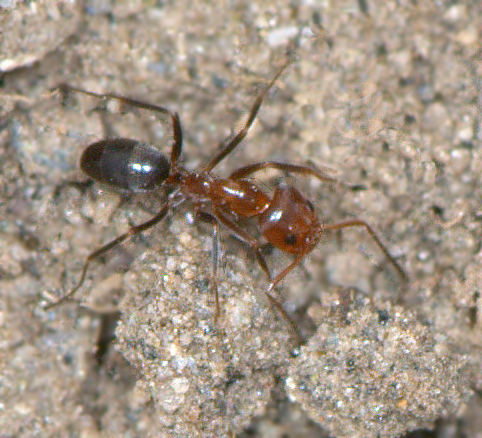
Pyramid ants, scientifically classified as Dorymyrmex spp., are small ants typically ranging from 2 to 4 millimeters in length. Their coloration varies from light brown to reddish-brown, and they have distinctive pyramid-shaped mounds that can be easily spotted in the sandy soils of Central Florida. These intricate mounds are constructed with precision, and their unique shape sets them apart from the nests of other ant species.
Behavior and Nesting:
Pyramid ants are known for their elaborate and well-organized colonies. These social insects follow a caste system with distinct roles such as workers, soldiers, and the reproductive queen. Workers are responsible for foraging, caring for the colony, and defending the nest, while soldiers protect the colony from potential threats. The queen is the reproductive center of the colony, laying eggs to ensure its survival.
The pyramid-shaped nests are not only visually appealing but also serve practical purposes. The structure allows for efficient ventilation, as the slope of the mound facilitates air circulation. Additionally, the design helps regulate temperature and humidity within the nest, providing a conducive environment for the ant colony to thrive.
Habitat and Distribution:
Pyramid ants are commonly found in sandy soils, and Central Florida’s unique geography, characterized by sandy landscapes, makes it an ideal habitat for these ants. They are often spotted in open areas such as lawns, fields, and gardens. Their preference for sandy soils aids in the construction of their characteristic mounds.
Ecological Significance:
While pyramid ants might seem inconspicuous in the grand scheme of Central Florida’s rich biodiversity, they play a crucial role in the ecosystem. As omnivores, they contribute to the balance of the local food web by foraging on a variety of food sources, including dead insects, nectar, and other organic matter. Their activities also aerate the soil, promoting better nutrient absorption and plant growth.
Conclusion:
The pyramid ants of Central Florida may be small in size, but their impact on the local ecosystem is significant. From their intricate nests to their important ecological role, these ants offer a glimpse into the fascinating world of insect behavior and adaptation. Next time you encounter a pyramid-shaped mound in the sandy soils of Central Florida, take a moment to appreciate the remarkable creatures that call it home – the pyramid ants. If you are having any ant issues and would like the opinion and help from professionsals, look no further than your local LydyBug Pest Control! Contact us today!

